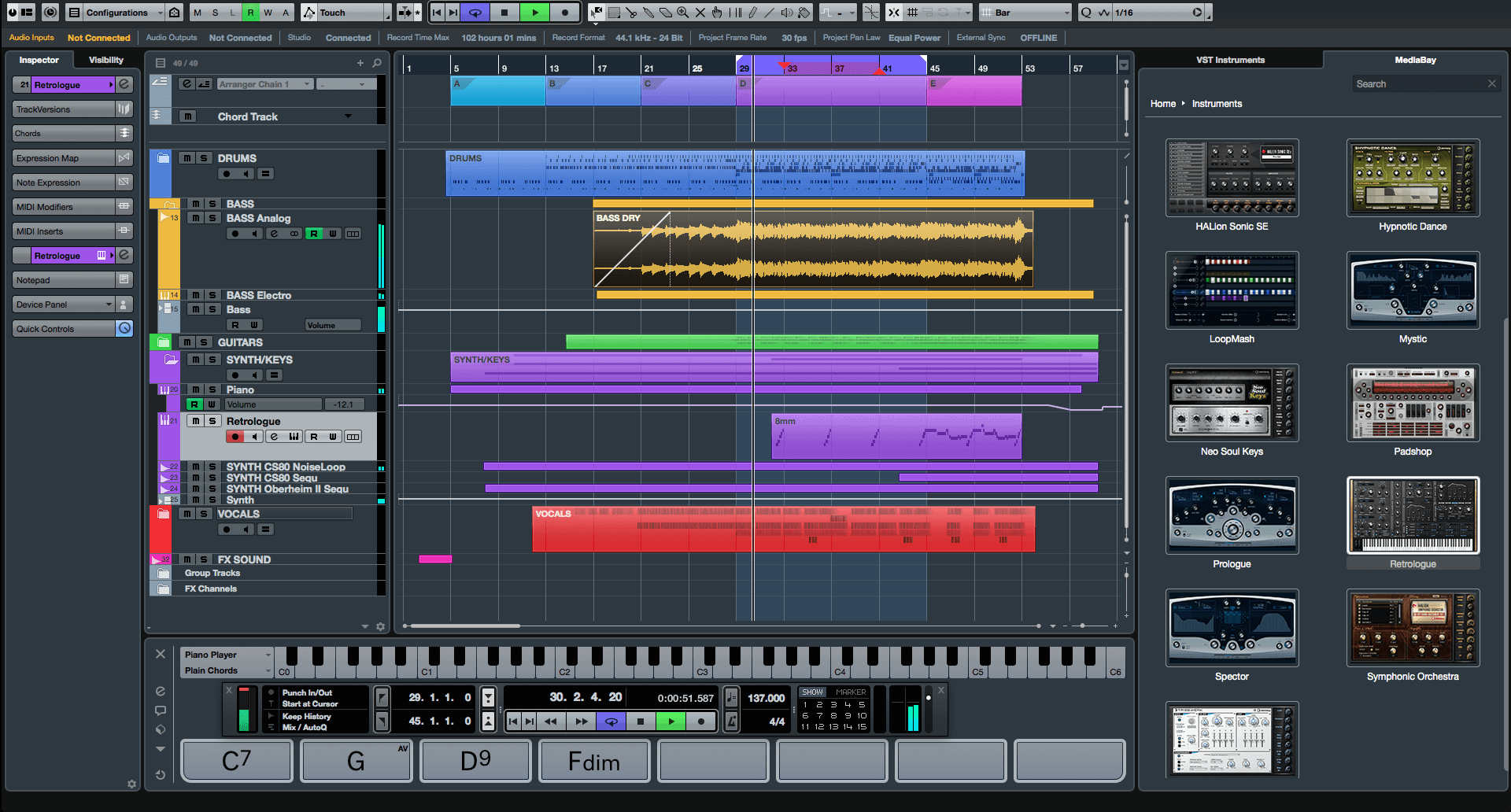

The two other Cubase products available, Cubase Artist 9 and Cubase Elements, are stripped down versions.
CUBASE 8 VS CUBASE 9 PRO
It’s really a complete suite of products aimed at maximizing the potential of your pro or home studio. In the world of computer music production, it is one of the most highly regarded DAWs you can buy. In this latest incarnation there are many useful improvements, as you will see in this review.Ĭubase Pro 9.5 is Steinberg’s flagship DAW product which has been improved upon over many years. My “analog thinking” had to do with you’re suggestion to have an effects rack.Cubase is a legend in the DAW world, and it keeps getting better with age. You obviously chose to ignore that the “analog thinking” remark ended with a wink? What has my UAD got to do with the topic?
CUBASE 8 VS CUBASE 9 SOFTWARE
It’s all about flexibility in the software world, right? No restrictions. Some people alternate depending on their needs. Just like some people prefer instrument tracks and some prefer using the VST rack. And if someone finds themselves confused by a logical and elegant GUI environment they can always continue to use the current “method” for emulating a traditional aux buss/return setup. My suggestion would be more intuitive for most users. So, If you really want to be liberated from “analog thinking” why aren’t you using LIVE or MAX? Out of all the DAW’s Cubase is the most receptive and familiar to traditional environments. And would still provide the same functionality that you’re used to now. In fact it would be more efficient, fewer mouse clicks and a logical signal flow. My suggestion would not “restrict” anyone to “analog thinking”. You must not have been too worried about “analog thinking” when you bought your UAD kit. So therefore you would prefer to “restrict” the way Cubase functions to the way that you are familiar with in order to avoid confusion. You don’t want to be “restricted” by analog thinking (not really sure what that even means). And I’ve seen plenty of threads on this topic by confused users over the past 12 years.īut it’s an Interesting position you’re taking. I’m working with “real equipment” every day but software is a different environment and I like not being restricted by “analog” thinking.Ĭonfusion? The very nature of this thread illustrates that there is already a certain amount of confusion with respect to how aux sends are handled in Cubase. Just as it does with a VST instrument now.Īnd the signal flow would be logical and familiar to audio engineers. Just like a VST instrument in the vst rack.Īn FX return could have all of the same functionality as the FX/group track.Īnd if you delete an effect unit from the rack the corresponding FX return in the mixer and Automation lanes would disappear as well. The big difference would be that the “effect” would not just be an arbitrary item INSERTED on a group. A dedicated FX return is automatically created for you. Add the effect unit you want to use, Done. Imagine a Rack Module just like VST INSTRUMENTS.

(Although the output from each effect went directly to the master buss)

There is still a rack for instruments right? Why not an FX rack too? And we did have an FX rack back in the 1990’s. I just want to have all of my (send) FX in a rack that I can open quickly with a key command, make simple changes quickly, Navigate to their corresponding FX return quickly… etc. I wish we had an actual effects rack back.


 0 kommentar(er)
0 kommentar(er)
